6 Times Cheaper Is Better
You're already cooking skirt steak and chicken thighs. But here are more inexpensive foods chefs think are even tastier than their pricier counterparts.
By Lynn Andriani
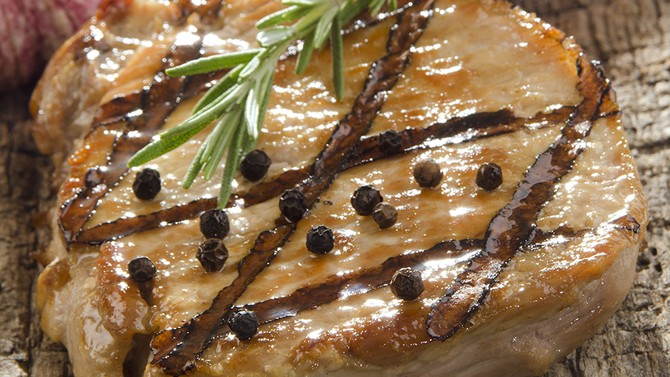
Photo: Szakaly/iStock/Thinkstock
When You Want a Veal Chop
Some chefs and cooking instructors say that veal is so mildly flavored that it can't stand on its own and needs a sauce to really sing (think marsala, piccata). If you're more in the mood for a thick chop, though, you might be better off with pork. Veal is an expensive meat, with loin chops priced as high as $16 a pound and rib chops, $26. Pork chops, though, even the juicy Berkshire variety (from the famous "black pigs" of England), are only $9 a pound. Carolina Diaz, executive chef of Filini Bar and Restaurant in Chicago, used to have a veal dish on her menu and replaced it with a grilled Berkshire pork chop, without having heard one complaint.
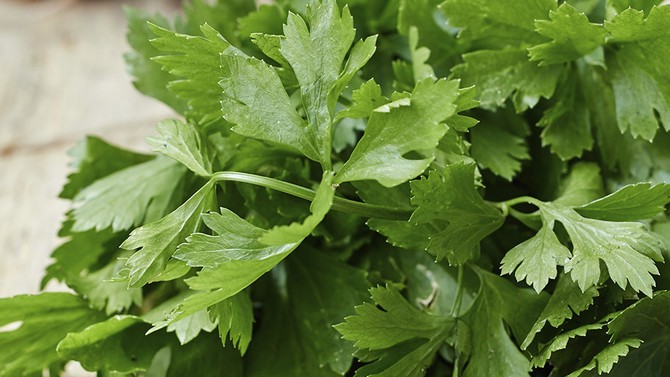
Photo: irrez79/iStock/Thinkstock
When You Need a Hardworking Garnish
If you're making a dish with celery, whether it's a soup, salad or stir-fry, chef Annie Pettry of Decca restaurant in Louisville, KY, says don't bother with a separate garnish, such as expensive fresh herbs or microgreens. Instead, use the celery leaves; they're cheaper and do a better job reinforcing the dish's flavor. (Pettry also adds them to salads.) Another inexpensive workhorse: fennel fronds. If you've already bought fennel to use the bulb, sprinkle the sprigs, which have a soft anise flavor, over whatever you've made right before serving.
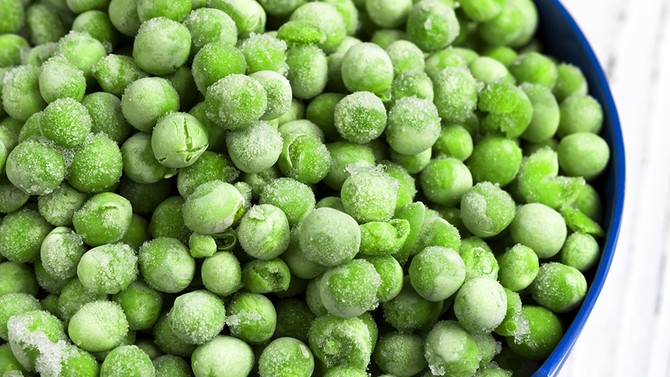
Photo: robynmac/iStock/Thinkstock
When You're Making Carbonara
Trusty and useful, frozen baby peas are available year-round, can be stashed in your freezer for months, cost about $2.29 for 16 ounces (compared to $5 for fresh), and tend to taste even sweeter than fresh (there's such a short window of time for fresh ones to be delicious, that usually, by the time they get from the farm to your store, they're starchy and flavorless). Pettry uses them at home, when she's making pasta (such as classic carbonara), or she tosses them into salads when they've thawed but are still cold.
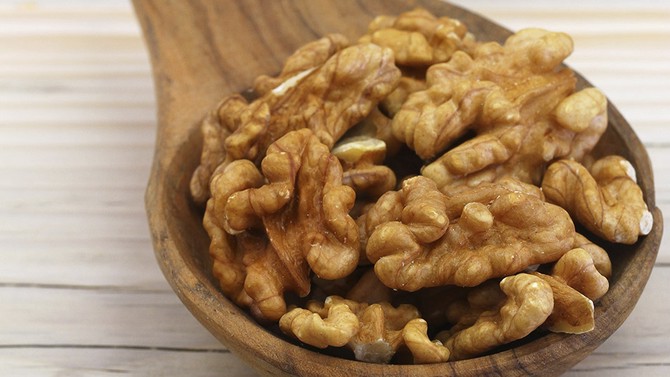
Photo: graletta/iStock/Thinkstock
When You Have an Abundance of Basil
The first thing we think of when we see a floral, fragrant bunch of basil is pesto, yet we often balk at the price of pine nuts, which are traditionally used to make the sauce, along with less pricey olive oil, garlic and Parmesan. Pine nuts can go for $16 for 8 ounces, while walnuts are about a quarter of that (the same quantity will cost you about $5). Pettry says they add another flavor dimension; she also sometimes swaps in pumpkin seeds, which cost even less ($3 for 8 ounces).
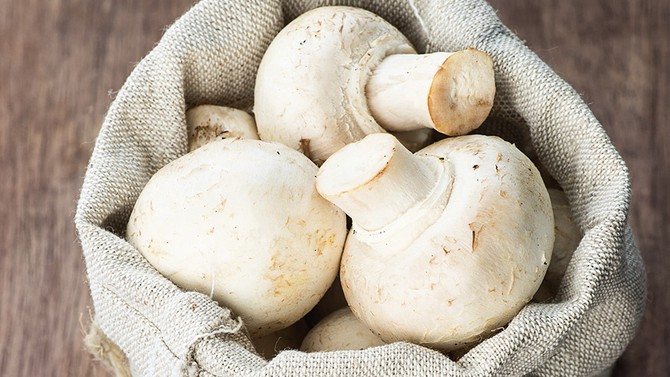
Photo: Katsiaryna Belaya/iStock/Thinkstock
When You Want a Fast Hors d'Oeuvre
Perhaps because white button mushrooms are plain-looking, or maybe even because they're inexpensive, home cooks tend to pooh-pooh them, says Adam Halberg, executive chef of the Barcelona Restaurant Group, instead paying top dollar for porcini or chanterelles. And while those varieties are delicious, Halberg says basic white mushrooms can taste just as incredible—and are one of the best deals in your supermarket. (Plus, fancy mushrooms are often harder to clean and require more complicated cooking methods.) Halberg likes to eat them grilled on bread, with a glass of wine; try them in this recipe with crostini or in this classic Spanish preparation.
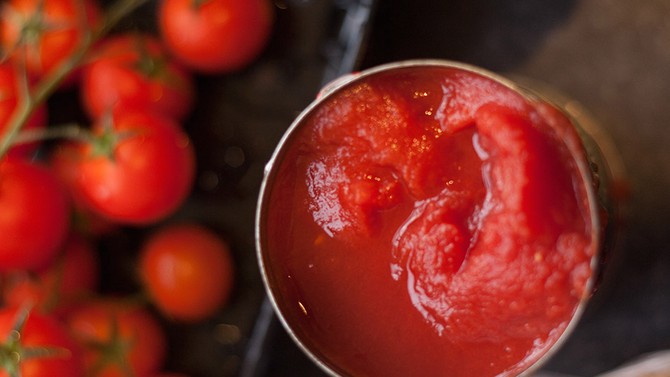
Photo: Paula Banks/Moment Open/Getty Images
When You Just Can't Handle One More Winter Tomato
Fresh tomatoes in January are often a sad sight, and they're certainly no bargain (about $5 a pound). Canned tomatoes, though, whether they're whole or chopped, have a much more concentrated flavor than fresh tomatoes do, and cost way less (about $2 a pound). If you're making a tomato sauce and want it to have a deep, rich tomato flavor, go with canned, says Sabrina Sexton, lead instructor at the Institute of Culinary Education, since "it's almost impossible to achieve it with fresh."
Published 01/08/2015

